BJJ Study: Transitions and Positions - HQ
Welcome to a BJJ study page
Introduction
This study focuses on mastering key transitions and positions in BJJ, including the top game spectrum of the Headquarters, Knee Cut, Long Step, Leg Weave, and Leg Drag, as well as touching upon the bottom game spectrum of De La Riva, Single Leg X, Reverse De La Riva, and Knee Shield.
Framework
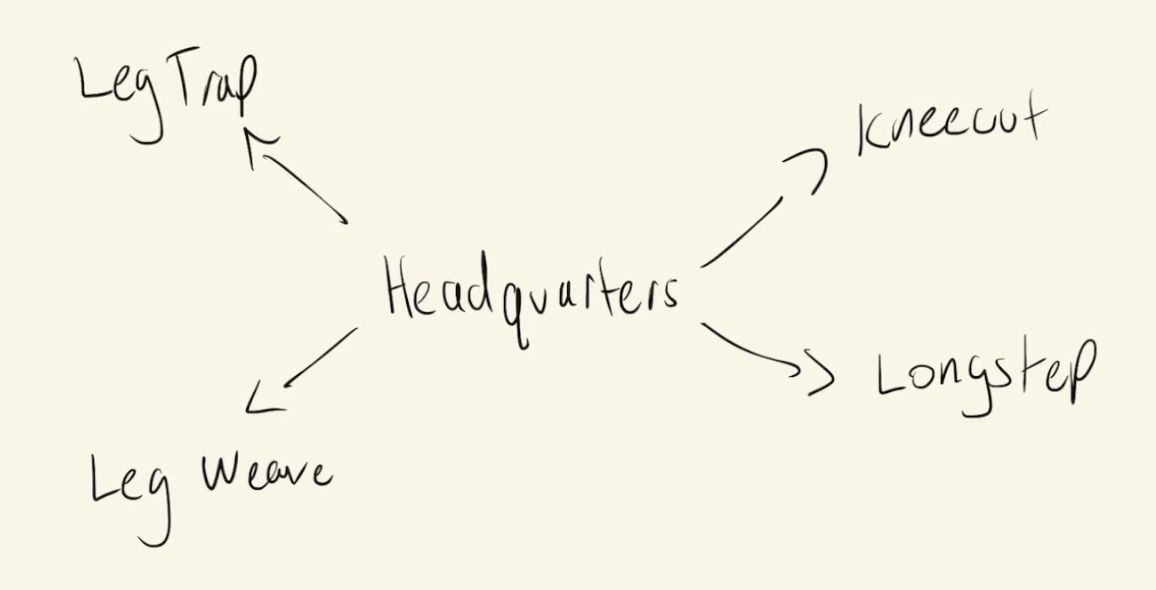
Study 1: Solo Drills and Mobility
Mobility Focused Videos
Low Posture Side to Side
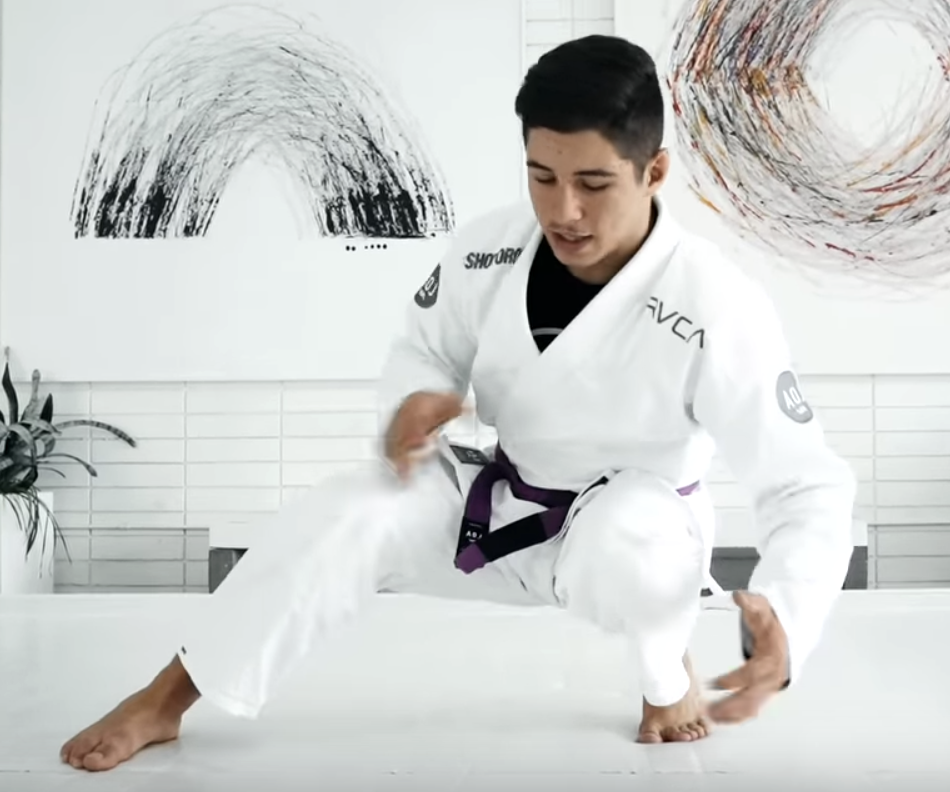
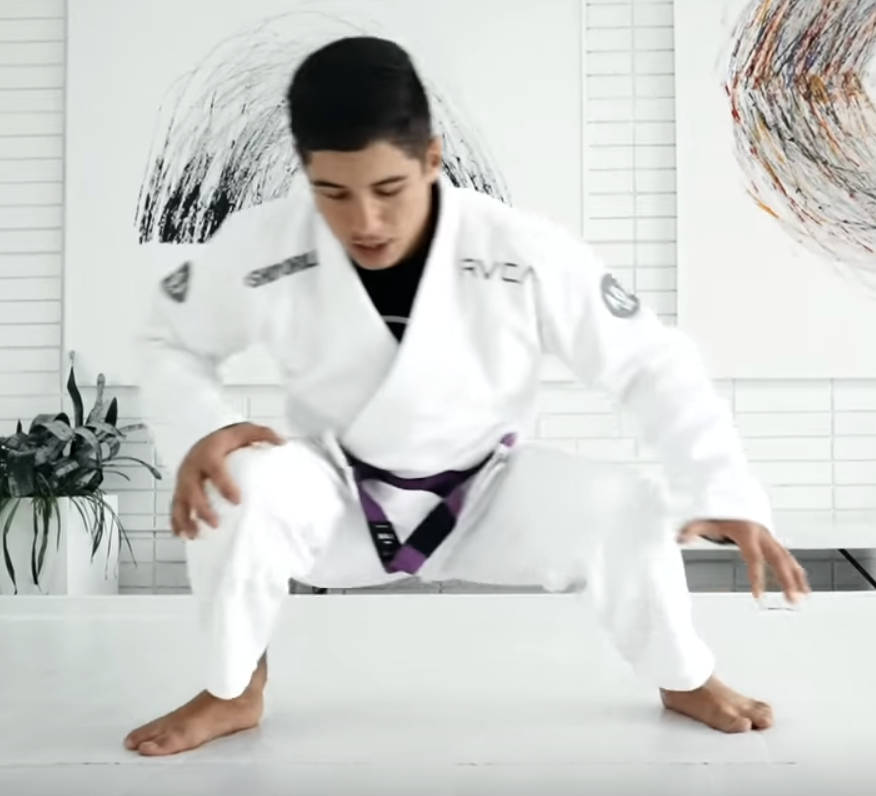
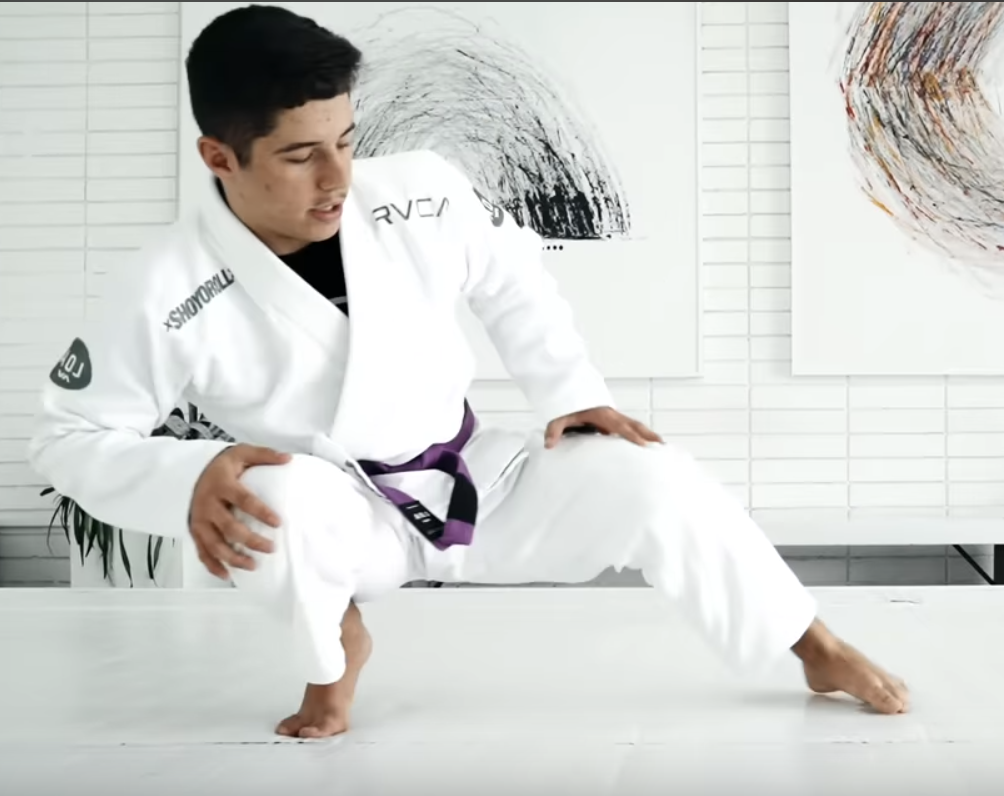
Study 2: Knee Cut
Knee Cut Overview Videos
HQ to Knee Slice Transition
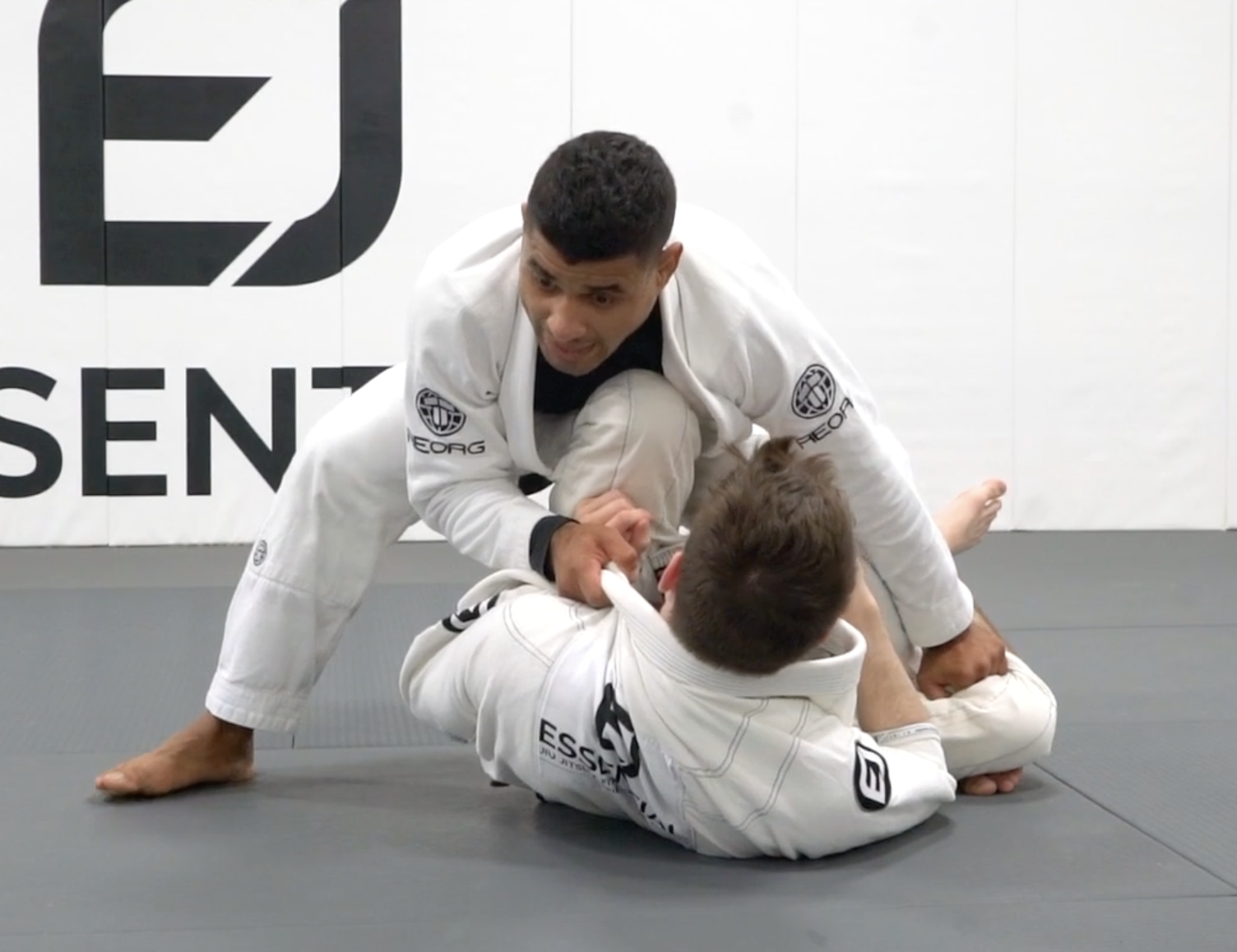
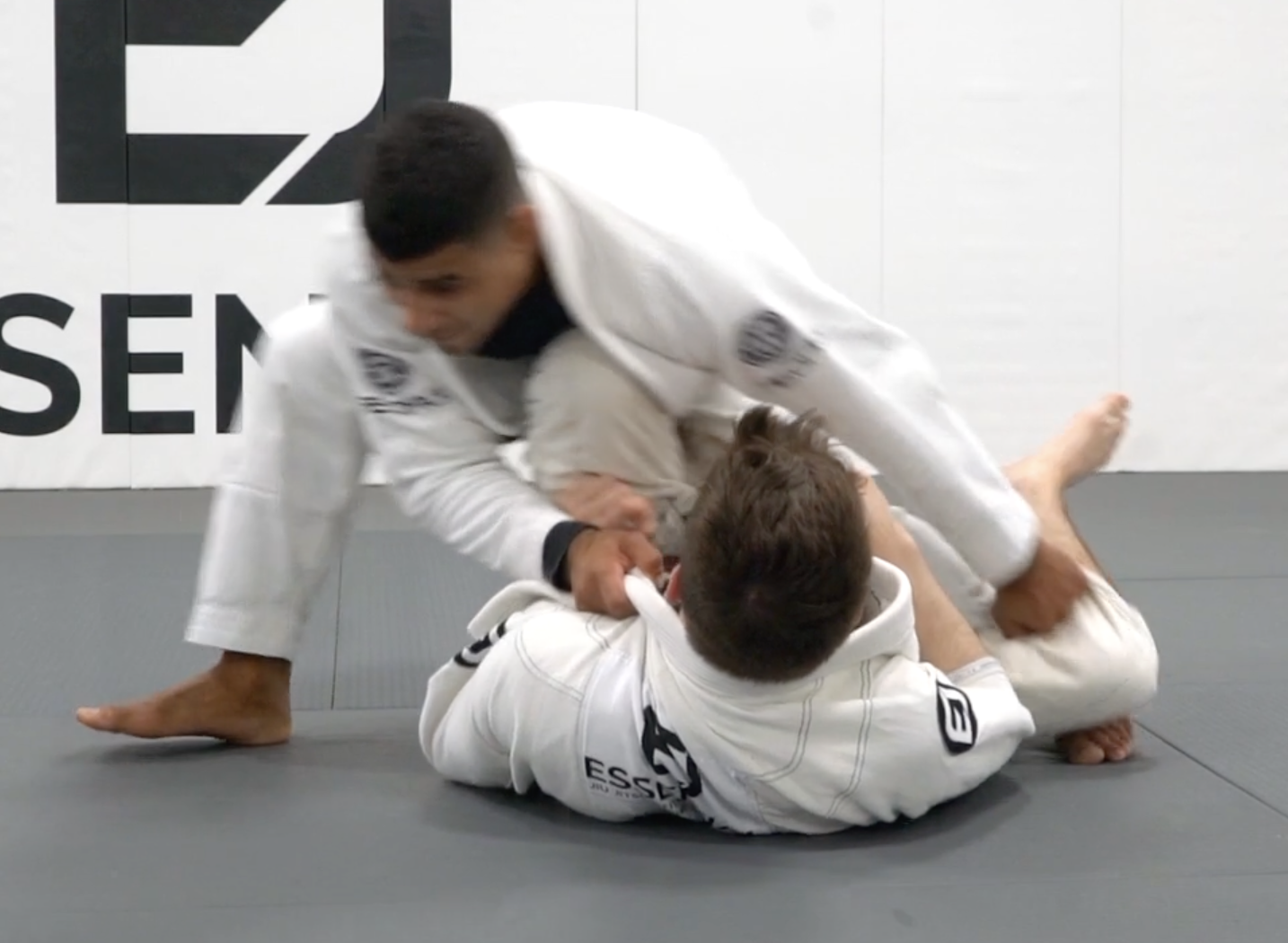

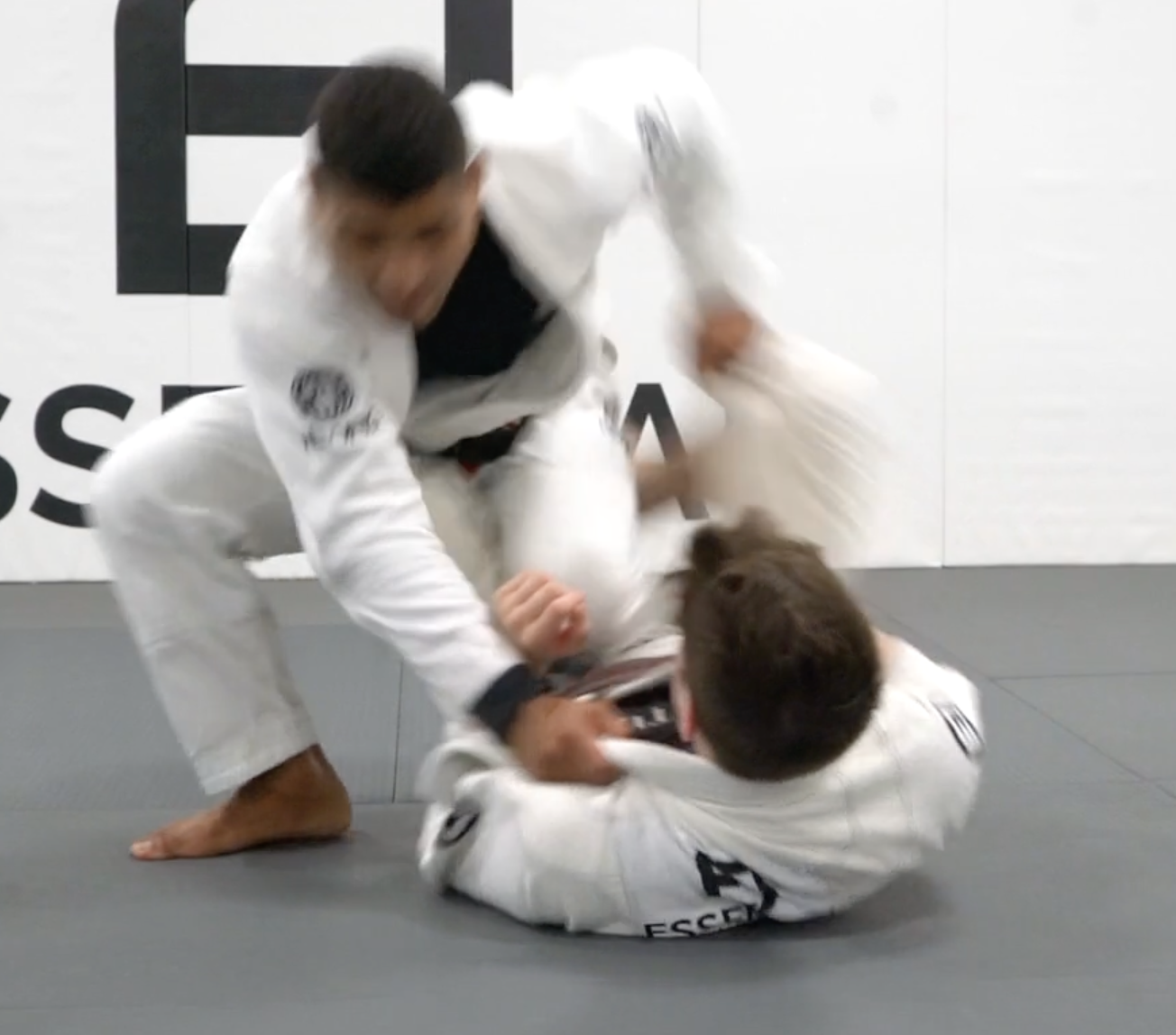
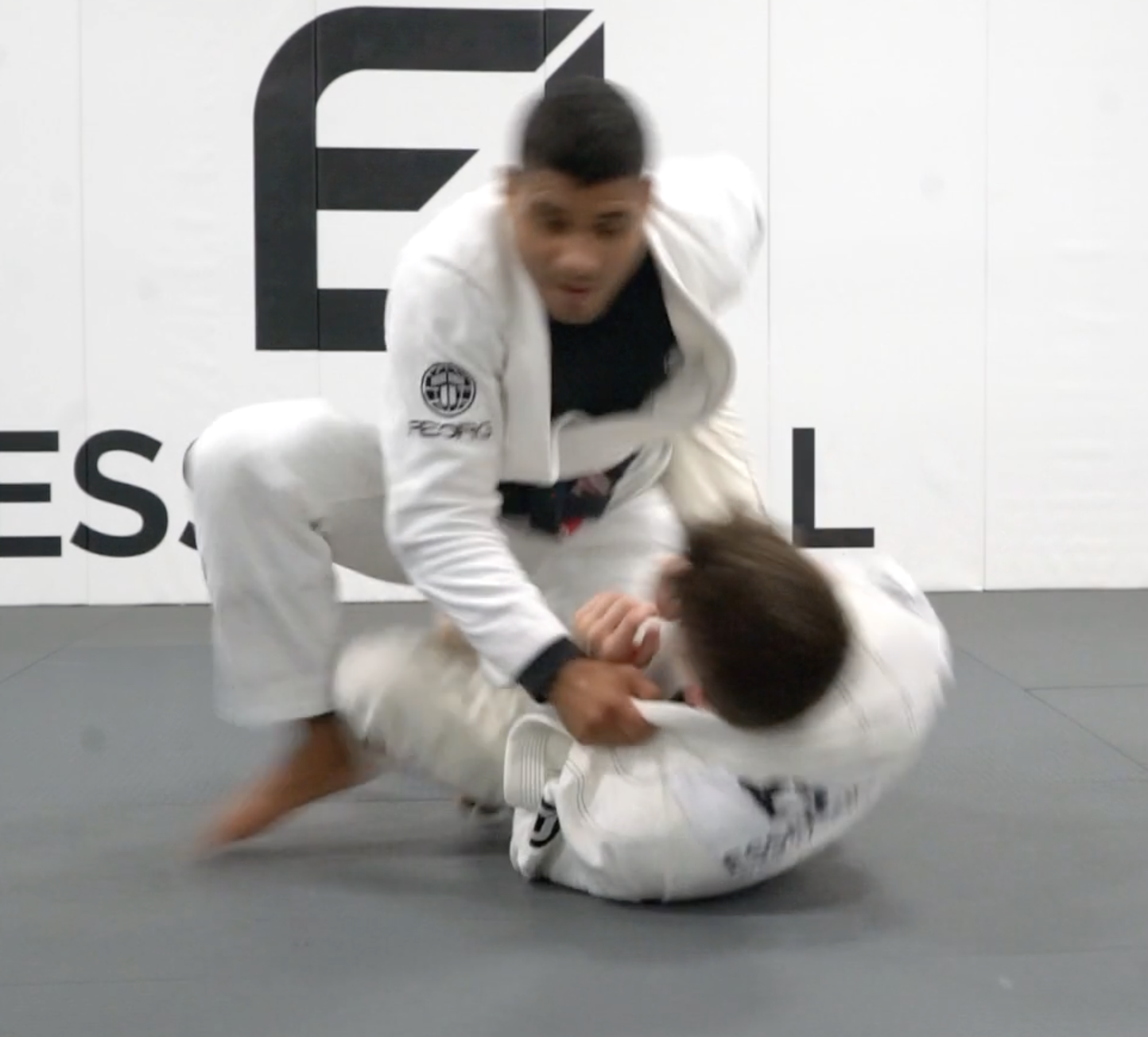
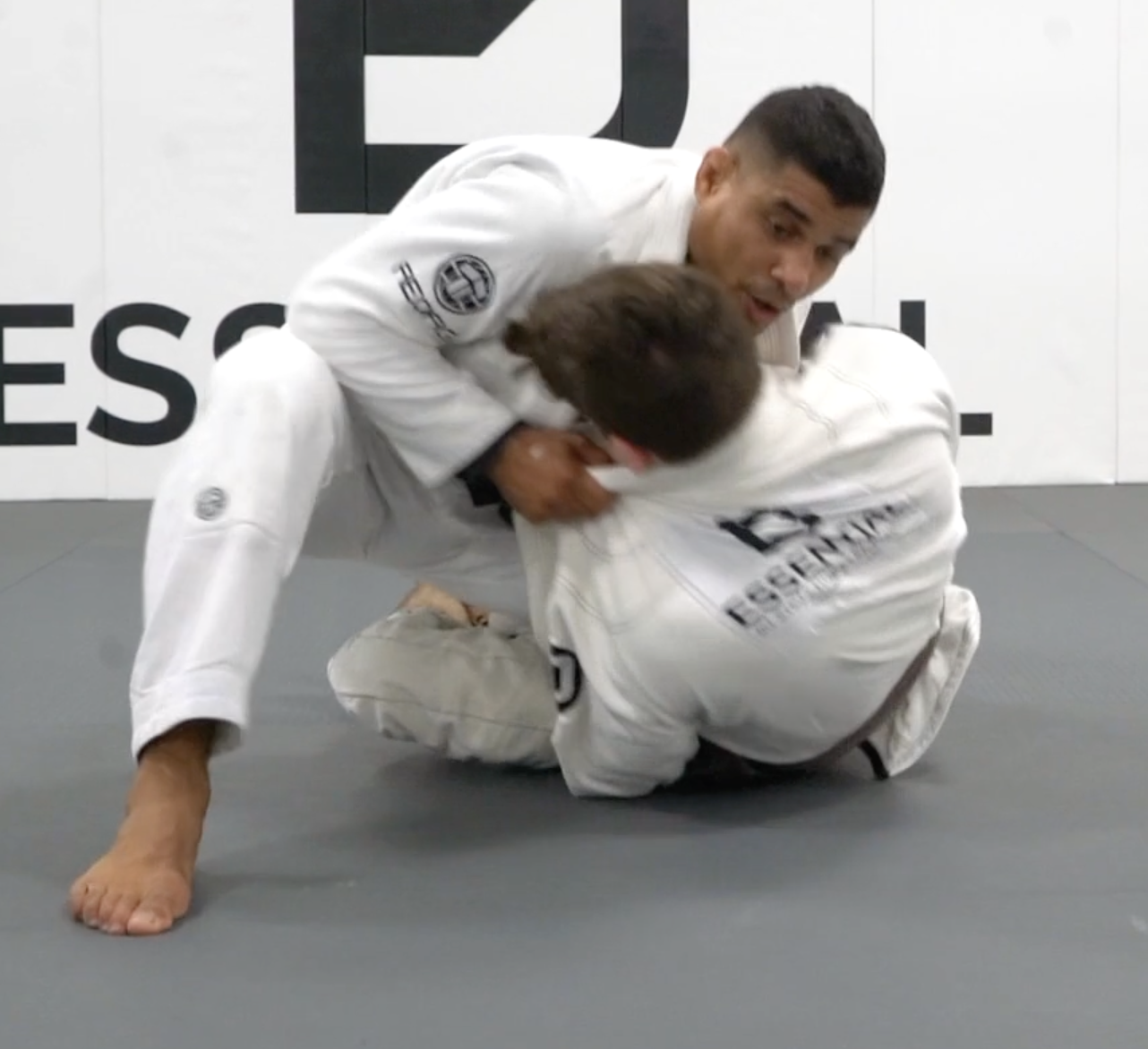
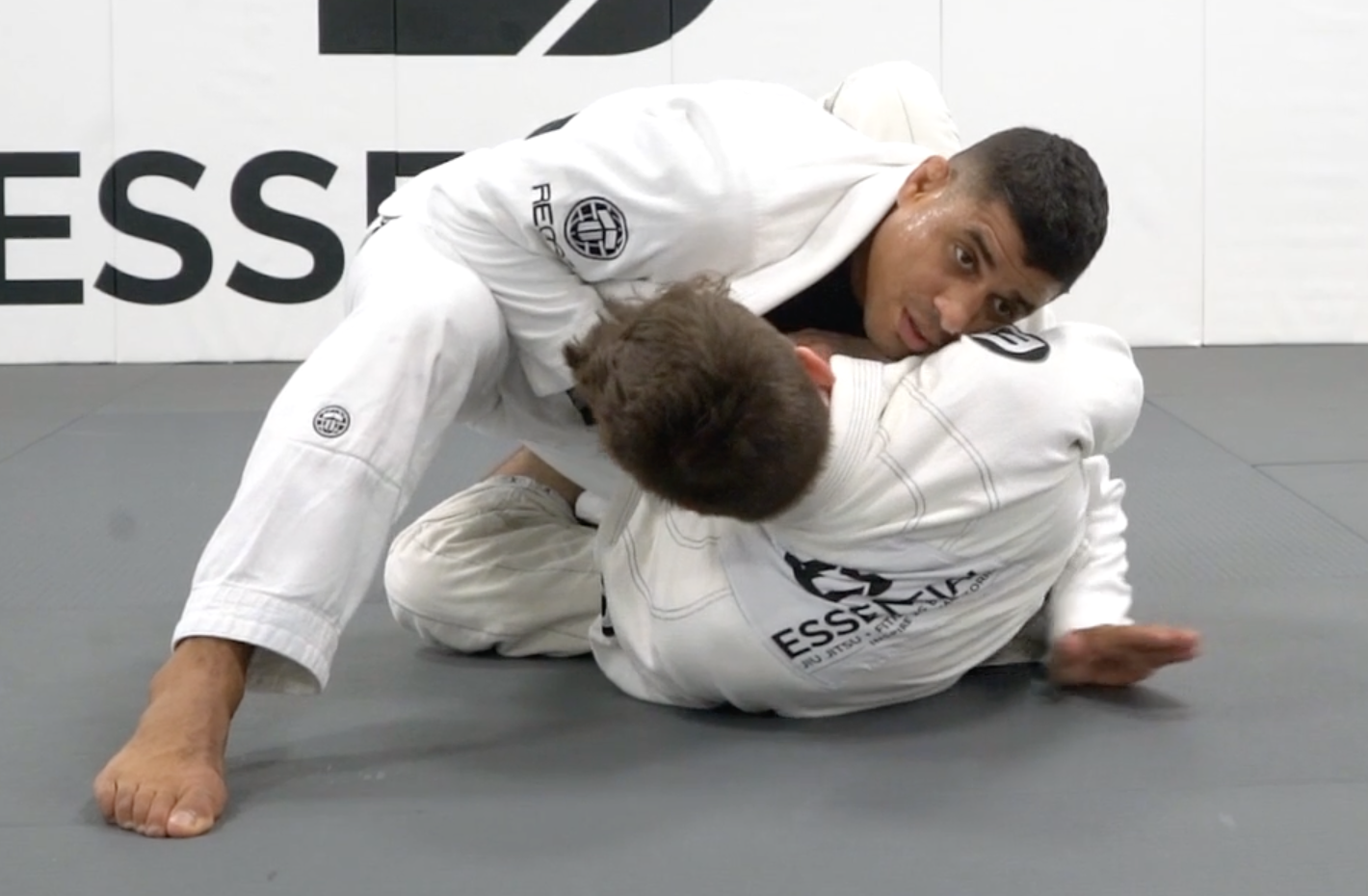
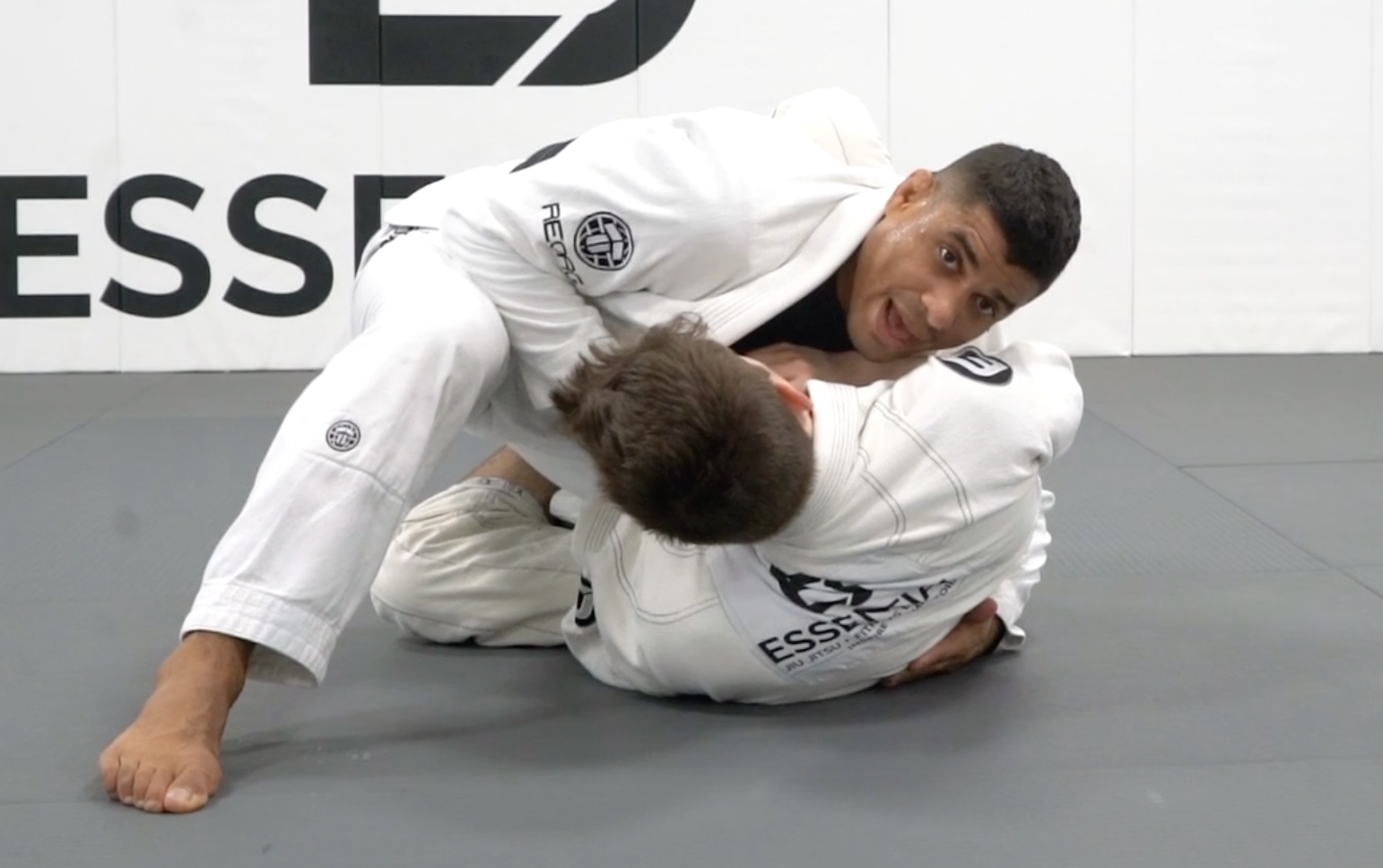
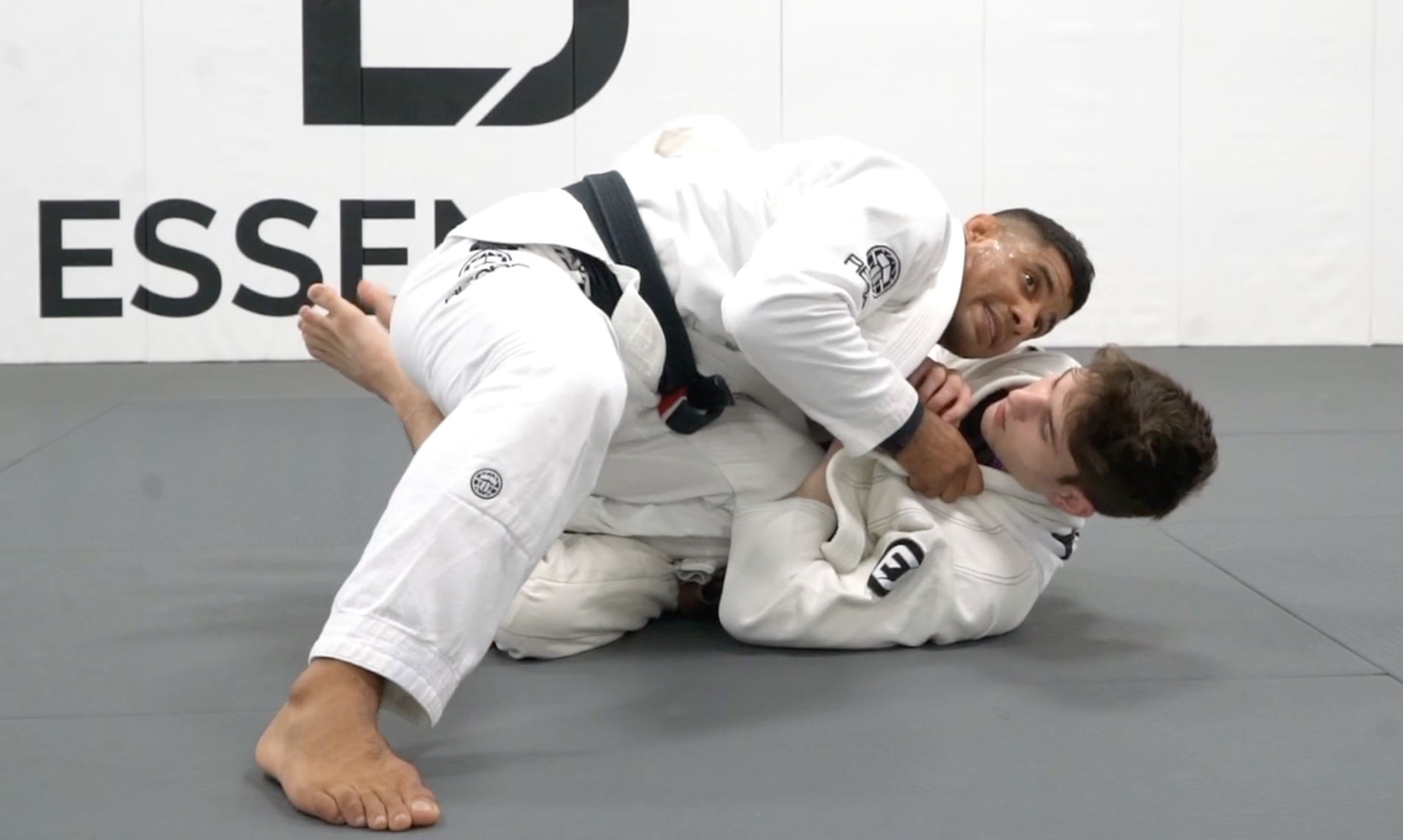
Study 3: Headquarters (HQ) Position and Long Step Drill
Headquarters and Longstep Position Videos
- Headquarters: Near Side Knee Through, Smash Pass (Lachlan Giles)
- Tainan Dalpra Guard Passing Study - AOJ Chain Passing
- Free Technique: Longstep from the Reverse De La with Lasso | Tainan Dalpra
- Longstep Guard Passing with JT Torres
- HQ (Headquarter) Passing by JT Torres
- The Early 2000s Revolutionized Jiu-Jitsu with The Longstep Pass
- How to Longstep Pass (Powerful BJJ Guard Passing)
HQ to Long Step - JT Torres

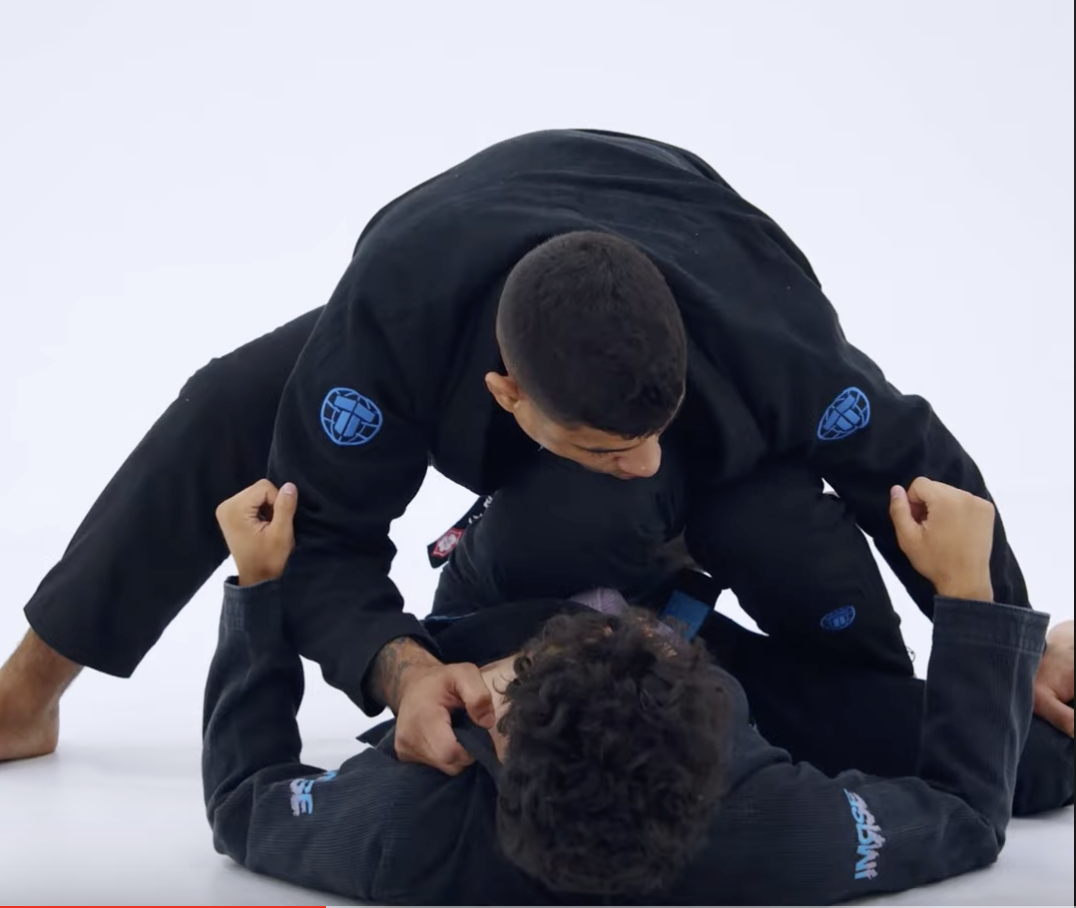

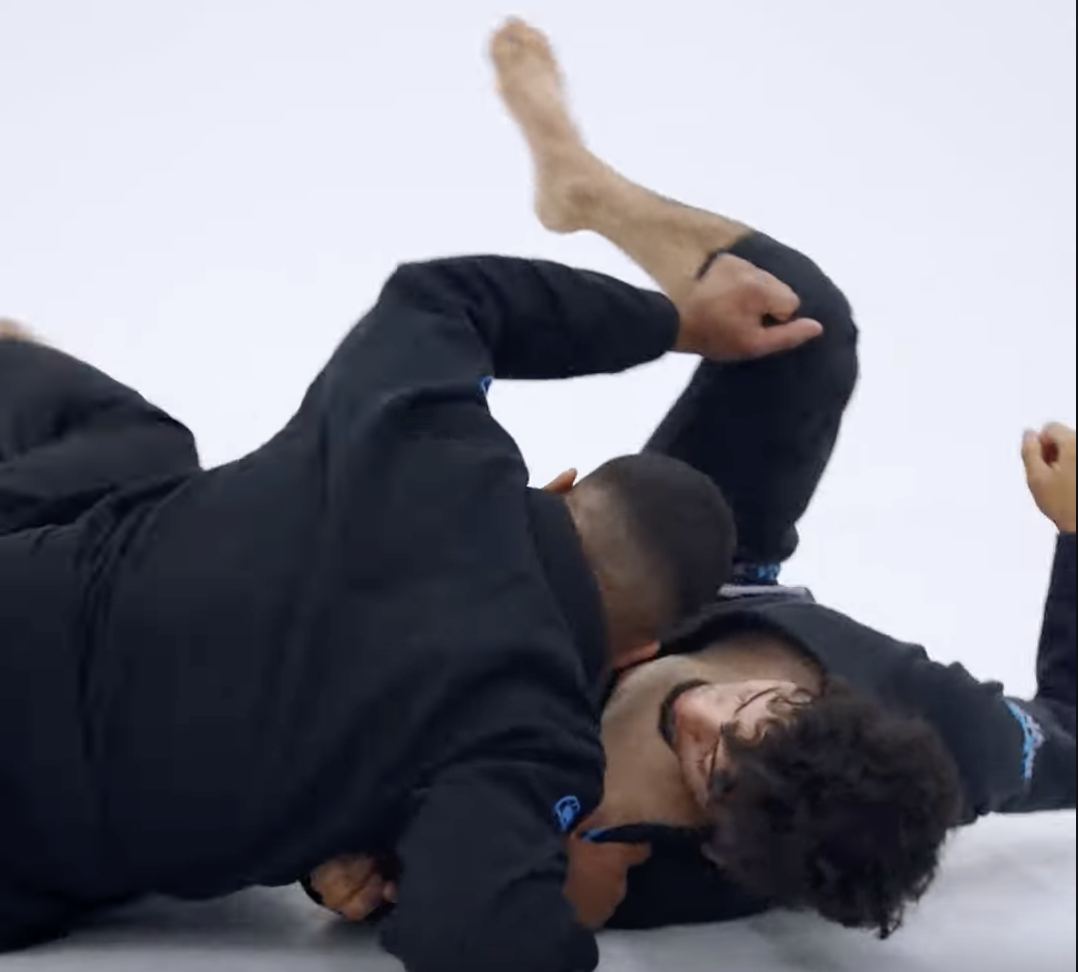
HQ to Long Step - AOJ
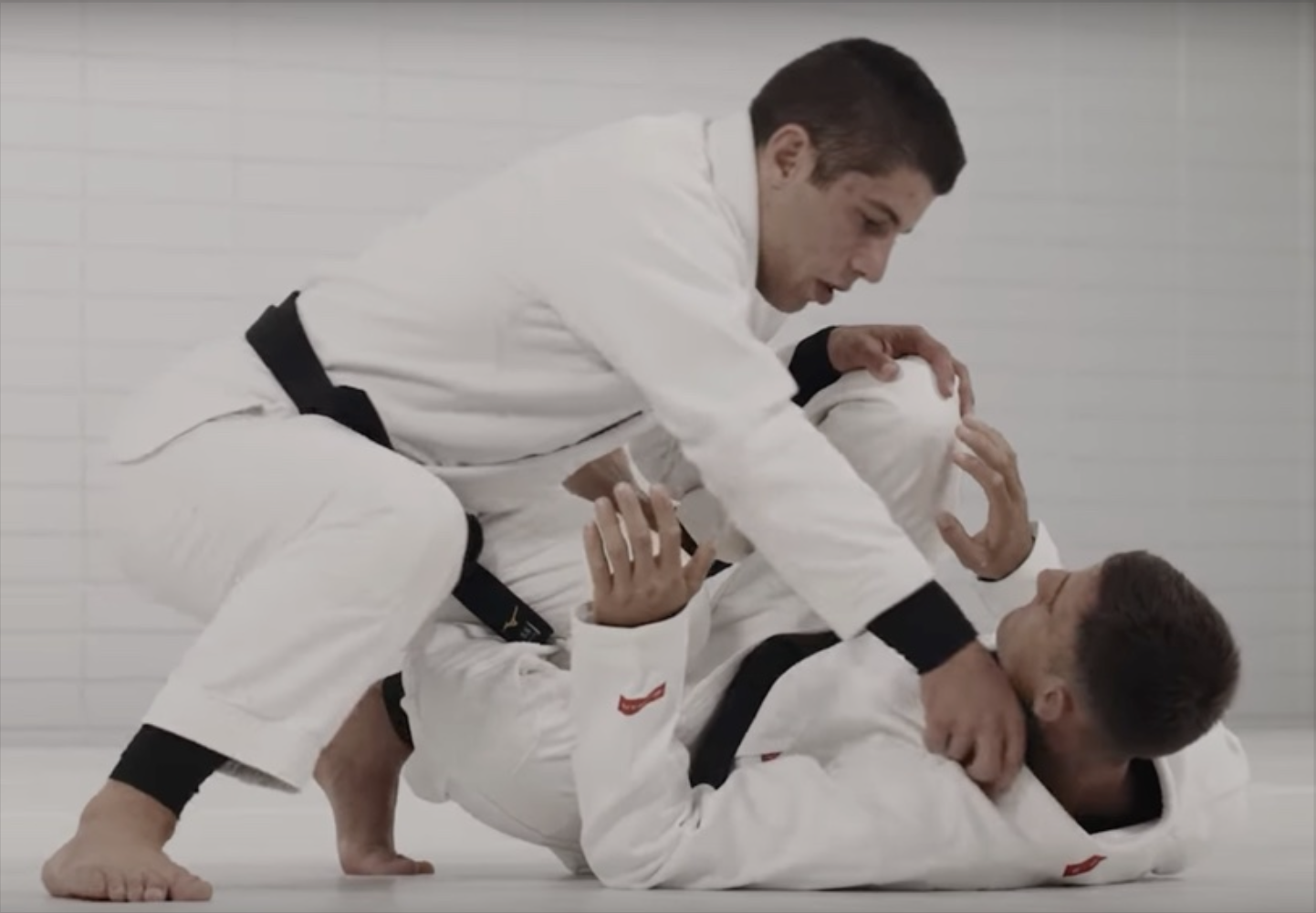
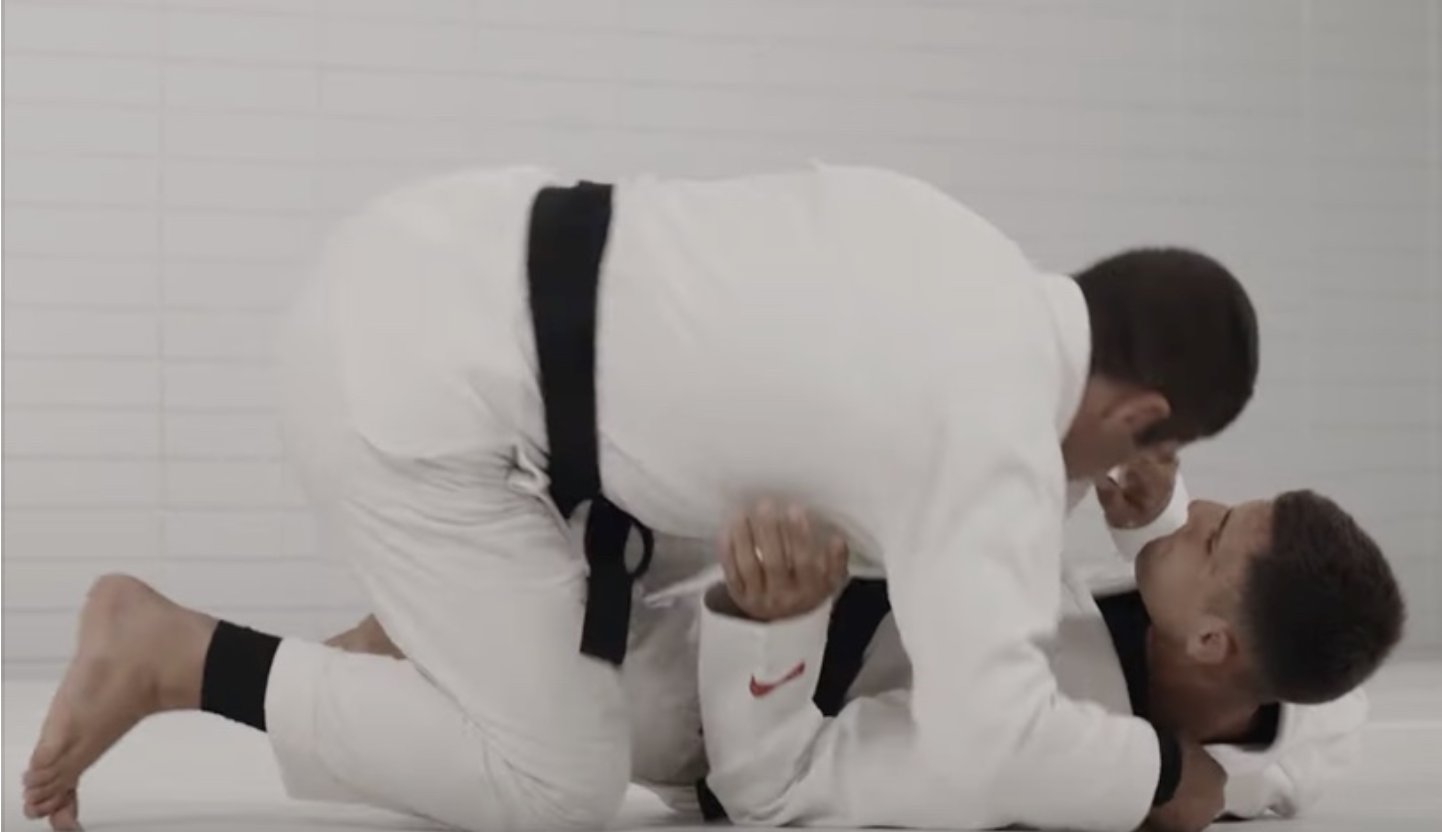
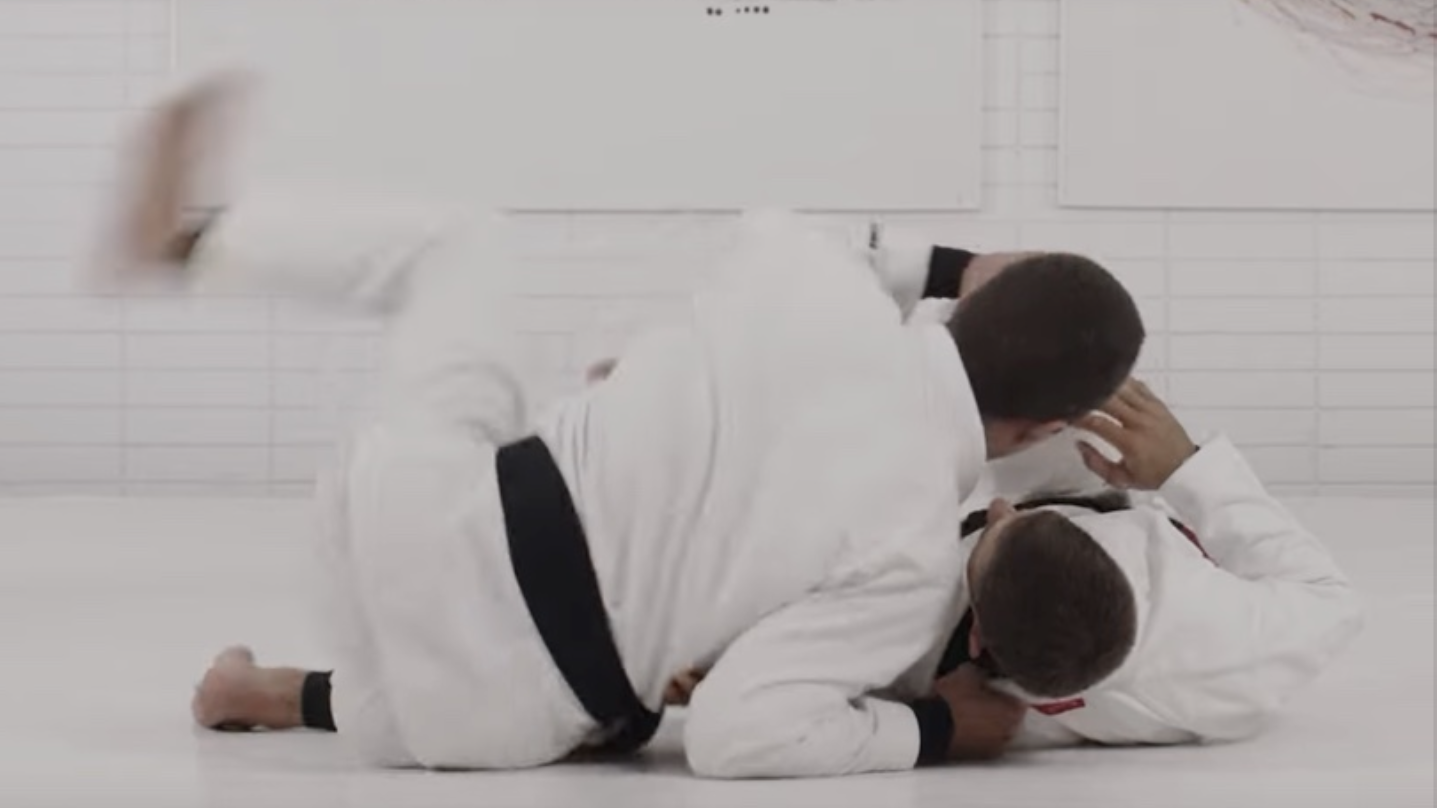
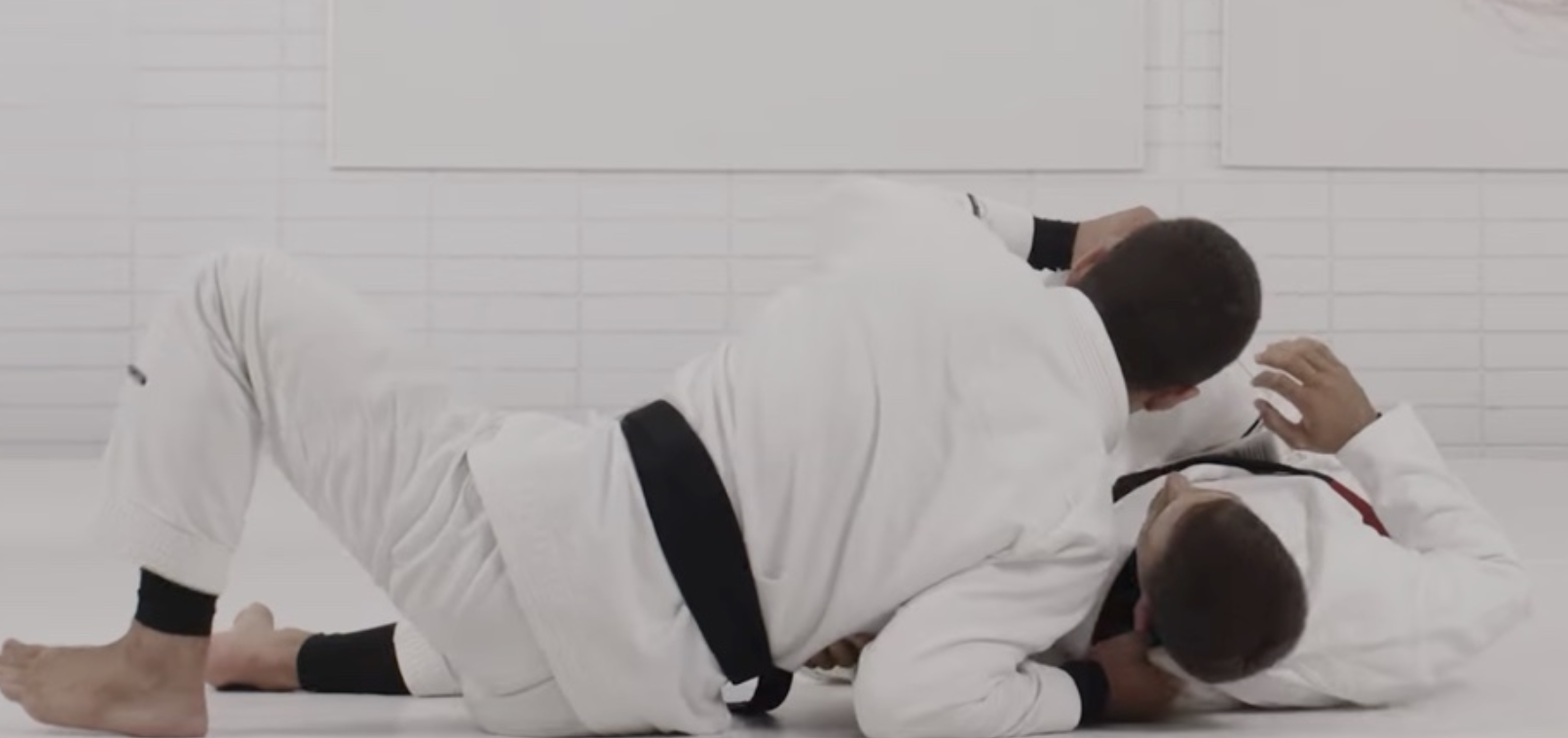
Study 4: Chain Passing
Chaining Passes Together for Higher Percentage Passing
Chain-Combo Passing - Knee Cut to Longstep

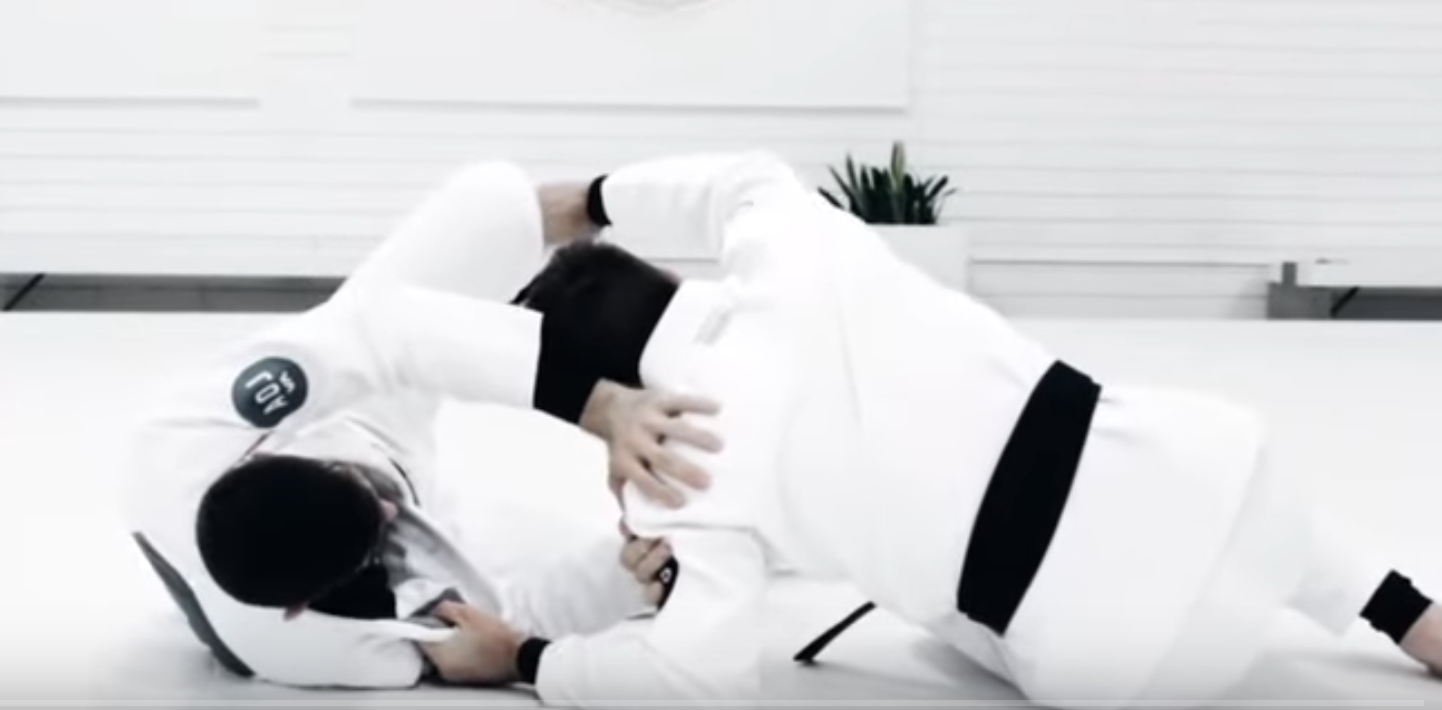

Chain-Combo Passing - Knee Cut to HQ to Smash to Longstep


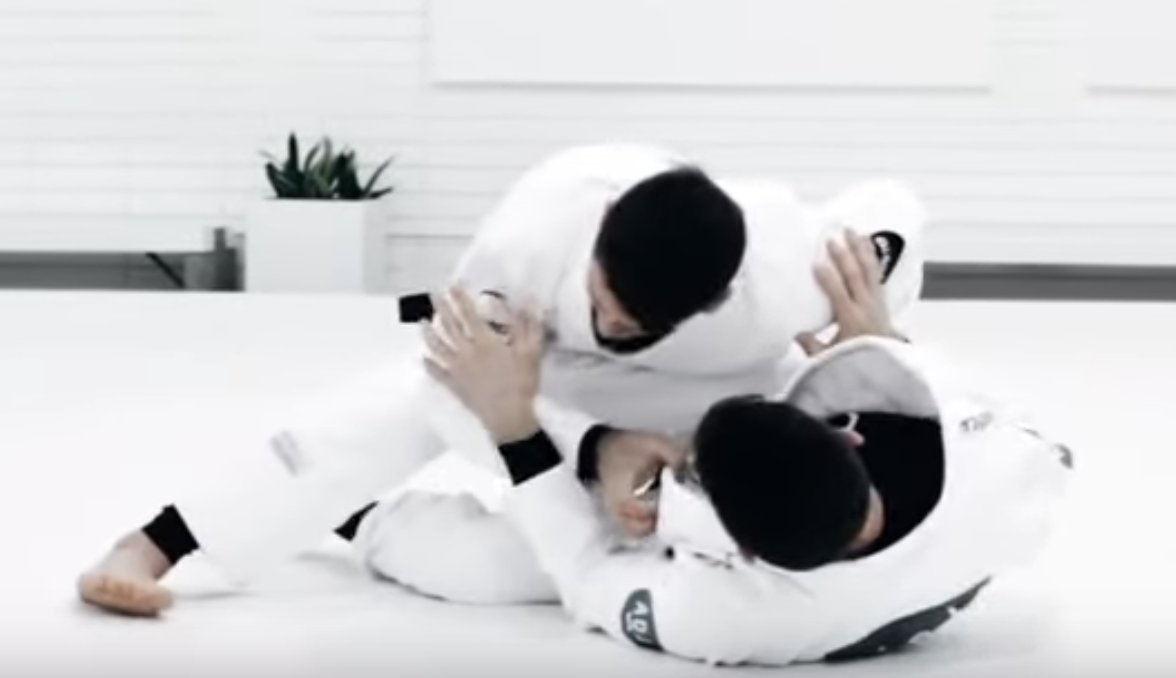
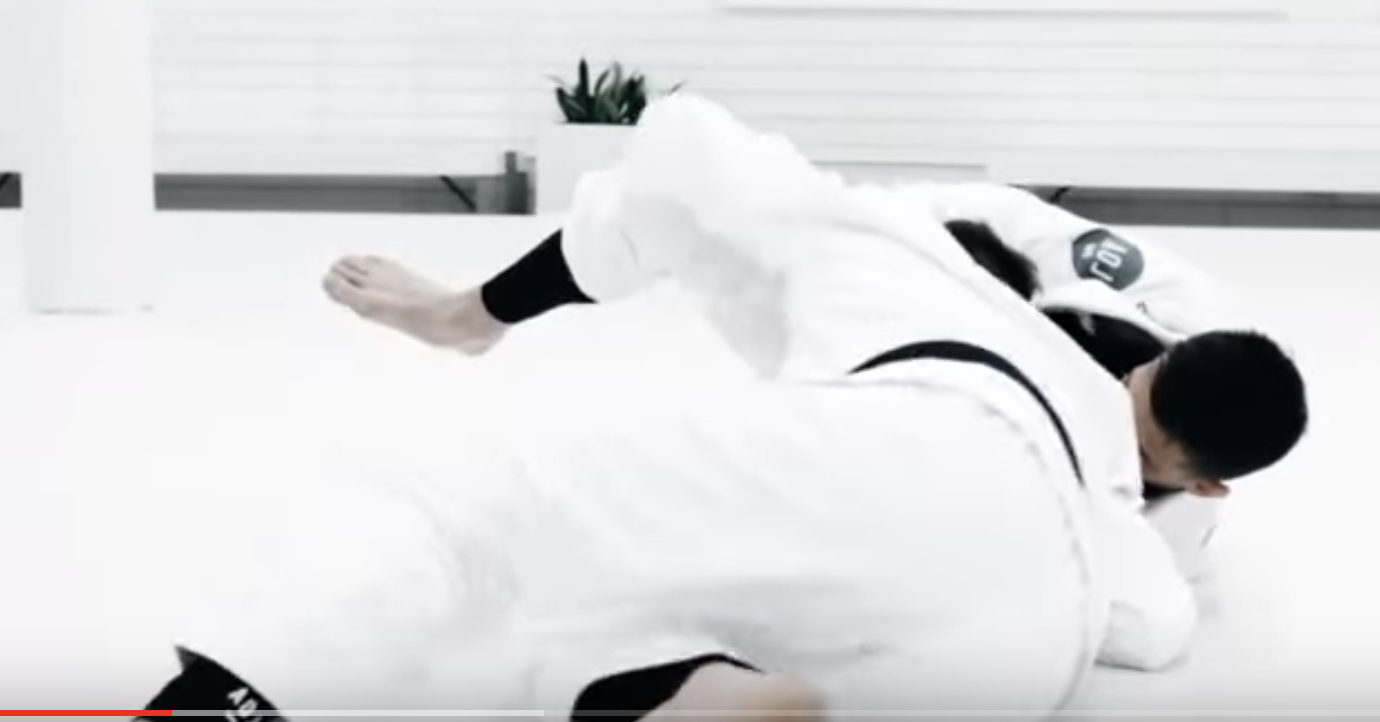
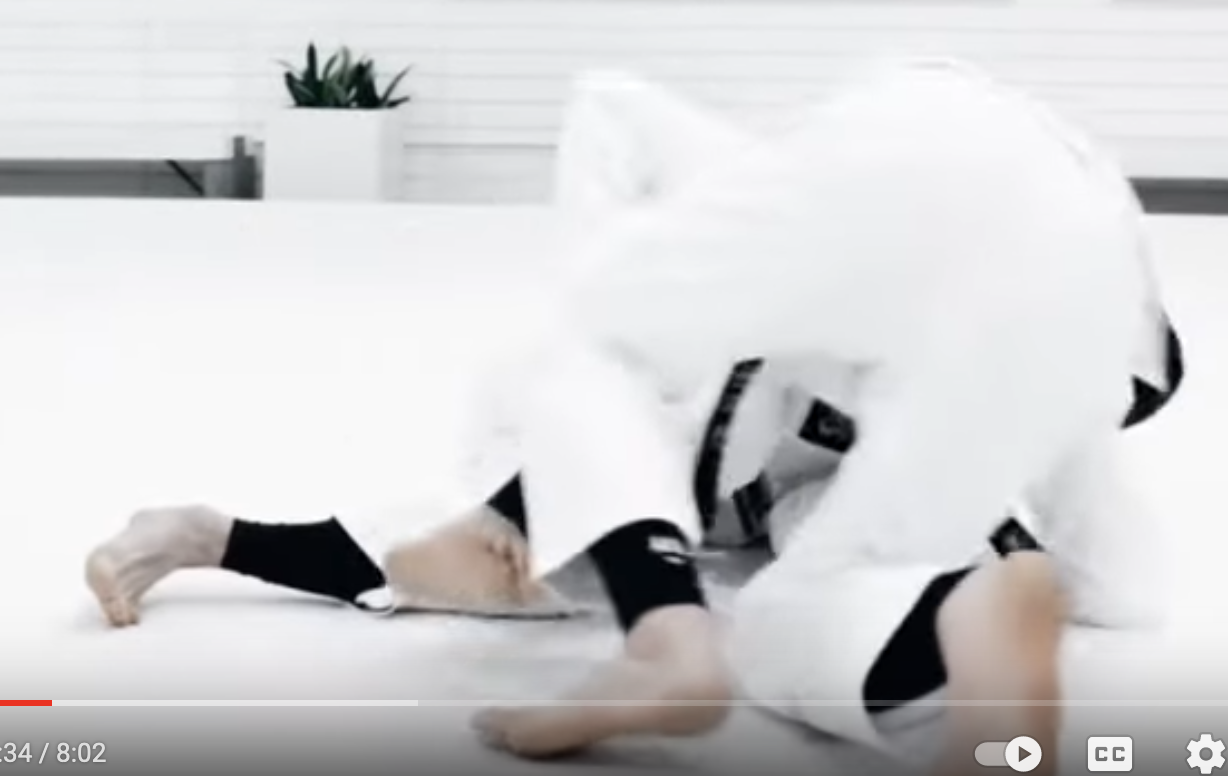

Additional Resources
Bookmarks
Clamp Guard Technique
The Clamp Guard technique, starting from bottom side control, involves a series of precise movements and positioning to create effective frames and pressure on the opponent. Here are the detailed steps:
- Starting from Bottom Side Control:
- Avoid using hands to frame on the hip.
- Position both hands near the opponent’s neck.
- Creating Frames:
- Use bumps to get one hand on the forehead, creating a good frame.
- Turn this hand towards the bicep to establish a C grip.
- Use the other hand to control the opponent’s head and push away.
- Execute a subtle shrimp to position both feet on the opponent’s outside hip, creating a frame to prevent reguarding.
- Move your head away to create space for your foot to move to the opponent’s hip.
- Setting Up the Clamp Guard:
- Bring your knee to your chin.
- Position the other leg over the top, connecting your foot to the knee next to your chin.
- Apply clam-like pressure, creating opposing pressure.
- Ensure pressure is applied to the opponent’s shoulder with your knees pointing down.
- Submissions from Clamp Position:
- Kimura.
- Straight Arm Lock.
- Turn over to Arm Bar with both legs over one side of the opponent’s head, straightening your legs out and changing grips to double over to push the arm towards the break.
- Omoplata: Instead of the kimura, you can twist in the other direction for an omoplata.
This detailed breakdown can help in drilling the Clamp Guard technique effectively during your training sessions.